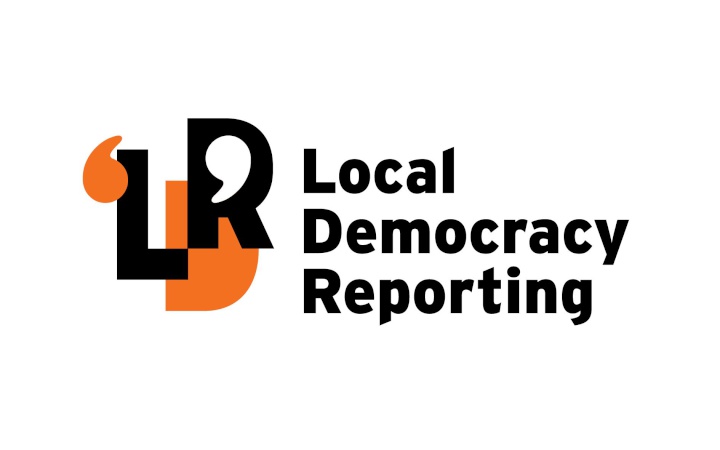While Richmond awaits the Hope Bypass, the Automobile Association is urging action on the “frustrating” intersection between State Highway 6 and Queen Street.
“People are getting more and more frustrated, and they are getting near the end of their tether,” AA Nelson District Council member Richard Popenhagen told Local Democracy Reporting.
“As the population keeps growing, as it is, it’s just going to get worse and worse year by year.”
Nelson Mayor Nick Smith described the key intersection as potentially the region’s “most acute bottleneck” for motorists.
The Hope Bypass – a Road of National Significance – is planned to alleviate Richmond’s traffic woes at the intersection but its construction timeframe is still uncertain.
In the meantime, the AA was seeking several “relatively low-cost” interim solutions to ease congestion for motorists in the short term.
The AA’s top priorities were to extend the southbound slip lane for traffic on the Richmond Deviation heading into the town via McGlashen Avenue, lengthen the traffic light phasing for right-turning traffic on the deviation heading onto Lower Queen Street, and extend the free left turn lane for traffic travelling from Lower Queen Street onto the deviation including a free left turn for traffic exiting Stratford Street onto Lower Queen.
Those changes were expected to result in fewer vehicles being blocked from either turning at, or travelling straight through the intersection, by long queues of traffic spilling out of their allocated lanes.
Two other lower priority suggestions from the AA were to lengthen the merging lane south of the traffic lights at the Oxford Street intersection and extending the left turning lane for traffic turning from Gladstone Road down Lower Queen Street, the latter measure requiring negotiation with adjacent landowners to deliver.
Popenhagen presented the organisation’s proposals to the region’s joint transport committee, on which an NZTA representative sits, on Wednesday afternoon.
“These projects would help ease conditions in the interim, leading up to the completion of the bypass,” he told the committee.
“From a motorist’s point of view, ideally the sooner the better.”
Committee chair, Tasman’s deputy mayor Stuart Bryant, and deputy chair, Nelson Mayor Nick Smith, respectively thought the measures were “good points” and “sensible”.
Emma Speight, NZTA’s director regional relationships for Greater Wellington and the Top of the South, said after the presentation that the AA’s suggestions had been heard “loud and clear”.
“We are very aware of the concerns that have been raised about impact on people’s journeys through this section,” she said.
“Each of these areas is under very close investigation.”
However, she added that NZTA was ensuring that its funds were spent wisely.
“We want to have a ‘no regrets’ approach to any investment here,” Speight said.
“It would not make any sense for us to invest hundreds of thousands, or probably millions, in making small improvements if we’re about to make those significant improvements.”
NZTA is currently undertaking modelling of traffic in the area to inform the Hope Bypass's investment case that the agency’s board was expected to make a decision on in the next couple of months.
The investment case is the “main hurdle” for the project and, assuming the board approves it, the next steps would be to undertake the design and consenting work.
“I’m anticipating that we will look to move as quickly as we can through that process,” Speight said.
Speaking after the committee meeting, Popenhagen said it was “encouraging” NZTA was investigating the areas they suggested.
“The fact we’ve raised them hopefully highlights to [NZTA] how important it is to the whole community of Richmond and Nelson.”
The AA was “all fingers crossed” that NZTA’s board would approve the Hope Bypass’s investment case, he added.
Local Democracy Reporting is local body journalism co-funded by RNZ and NZ On Air



 Gordon Campbell: On Why Leakers Are Essential To The Public Good
Gordon Campbell: On Why Leakers Are Essential To The Public Good NZ Police: Operation Purple | Anti-Social Road User Gathering In Levin
NZ Police: Operation Purple | Anti-Social Road User Gathering In Levin New Zealand Defence Force: The Latest Update On The HMNZS Manawanui Response
New Zealand Defence Force: The Latest Update On The HMNZS Manawanui Response NZCTU: NZCTU Release Detailed Budget 2025 Analysis
NZCTU: NZCTU Release Detailed Budget 2025 Analysis Department of Conservation: DOC Reveals Surprising Toilet Paper Stats
Department of Conservation: DOC Reveals Surprising Toilet Paper Stats NZ Government: Consultation Opens On Sweeping Overhaul Of Primary Sector Regulations
NZ Government: Consultation Opens On Sweeping Overhaul Of Primary Sector Regulations Manaaki Whenua Landcare Research: How Have Our Garden Birds Been Tracking Since 2014?
Manaaki Whenua Landcare Research: How Have Our Garden Birds Been Tracking Since 2014?


